Compare R-X and R-H (alkyl halide and alkane) in following respects (a) dipote moment
Solubility in H2O,
(ii) Arrange RCl and RBr, Rl RCE in decreasing order of boiling point.
To compare alkyl halides (R-X) and alkanes (R-H) in terms of dipole moment, solubility in water, and boiling points of RCl, RBr, and RI, we can analyze each aspect step by step.
Step 1: Dipole Moment
1. Understanding Dipole Moment: The dipole moment is a measure of the separation of positive and negative charges in a molecule. It arises when there is a difference in electronegativity between the atoms involved in a bond.
2. Comparison: In alkyl halides (R-X), the halogen (X) is more electronegative than carbon (R). This creates a polar bond where the electron density is pulled towards the halogen, resulting in a positive charge on the carbon and a negative charge on the halogen. Therefore, R-X has a significant dipole moment.
3. Alkanes (R-H): In alkanes, the carbon-hydrogen bonds are relatively non-polar because carbon and hydrogen have similar electronegativities. As a result, alkanes do not have a significant dipole moment.
4. Conclusion: The dipole moment of R-X is greater than that of R-H.
Step 2: Solubility in Water
1. Understanding Solubility: Solubility in water is influenced by the ability of a substance to form hydrogen bonds with water molecules.
2. Alkyl Halides (R-X): The presence of the electronegative halogen allows alkyl halides to form hydrogen bonds with water. This increases their solubility in water.
3. Alkanes (R-H): Alkanes are non-polar and cannot form hydrogen bonds with water, leading to low solubility.
4. Conclusion: Alkyl halides (R-X) are more soluble in water than alkanes (R-H).
Step 3: Boiling Points of RCl, RBr, and RI
1. Understanding Boiling Points: The boiling point of a substance is influenced by its molecular weight and the strength of intermolecular forces.
2. Comparison of Halides:
- RCl (alkyl chloride) has a lower molecular weight compared to RBr (alkyl bromide) and RI (alkyl iodide).
- As the molecular weight increases, the boiling point also increases due to stronger van der Waals forces.
3. Arranging in Decreasing Order:
- RI has the highest boiling point due to its highest molecular weight.
- RBr follows, having a lower boiling point than RI but higher than RCl.
- RCl has the lowest boiling point among the three.
4. Conclusion: The order of boiling points in decreasing order is RI > RBr > RCl.
Final Summary
- Dipole Moment: R-X > R-H
- Solubility in Water: R-X > R-H
- Boiling Point Order: RI > RBr > RCl
1. Understanding Dipole Moment: The dipole moment is a measure of the separation of positive and negative charges in a molecule. It arises when there is a difference in electronegativity between the atoms involved in a bond.
2. Comparison: In alkyl halides (R-X), the halogen (X) is more electronegative than carbon (R). This creates a polar bond where the electron density is pulled towards the halogen, resulting in a positive charge on the carbon and a negative charge on the halogen. Therefore, R-X has a significant dipole moment.
3. Alkanes (R-H): In alkanes, the carbon-hydrogen bonds are relatively non-polar because carbon and hydrogen have similar electronegativities. As a result, alkanes do not have a significant dipole moment.
4. Conclusion: The dipole moment of R-X is greater than that of R-H.
1. Understanding Solubility: Solubility in water is influenced by the ability of a substance to form hydrogen bonds with water molecules.
2. Alkyl Halides (R-X): The presence of the electronegative halogen allows alkyl halides to form hydrogen bonds with water. This increases their solubility in water.
3. Alkanes (R-H): Alkanes are non-polar and cannot form hydrogen bonds with water, leading to low solubility.
4. Conclusion: Alkyl halides (R-X) are more soluble in water than alkanes (R-H).
1. Understanding Boiling Points: The boiling point of a substance is influenced by its molecular weight and the strength of intermolecular forces.
2. Comparison of Halides:
- RCl (alkyl chloride) has a lower molecular weight compared to RBr (alkyl bromide) and RI (alkyl iodide).
- As the molecular weight increases, the boiling point also increases due to stronger van der Waals forces.
3. Arranging in Decreasing Order:
- RI has the highest boiling point due to its highest molecular weight.
- RBr follows, having a lower boiling point than RI but higher than RCl.
- RCl has the lowest boiling point among the three.
4. Conclusion: The order of boiling points in decreasing order is RI > RBr > RCl.
- Dipole Moment: R-X > R-H
- Solubility in Water: R-X > R-H
- Boiling Point Order: RI > RBr > RCl
Topper's Solved these Questions
- ALKYL AND ARYL HALIDESBook:FIITJEEChapter:ALKYL AND ARYL HALIDESExercise:EXERCISE -3
Explore 1 Video
- ALKYL AND ARYL HALIDESBook:FIITJEEChapter:ALKYL AND ARYL HALIDESExercise:EXERCISE -4
Explore 1 Video
- ALKYL AND ARYL HALIDESBook:FIITJEEChapter:ALKYL AND ARYL HALIDESExercise:EXERCISE -1
Explore 1 Video
- ALDEHYDES AND KETONES Book:FIITJEEChapter:ALDEHYDES AND KETONES Exercise:MATCHING LIST QUESTIONS
Explore 2 Videos
- ATOMIC STRUCTUREBook:FIITJEEChapter:ATOMIC STRUCTUREExercise:NUMERICAL BASED QUESTIONS INDICATED BY DIGITAL INTEGER BY XXXXX.XX
Explore 2 Videos
Similar Questions
Knowledge Check
Arrang the following (w,x,y,z) in decreasing order of their boiling points :
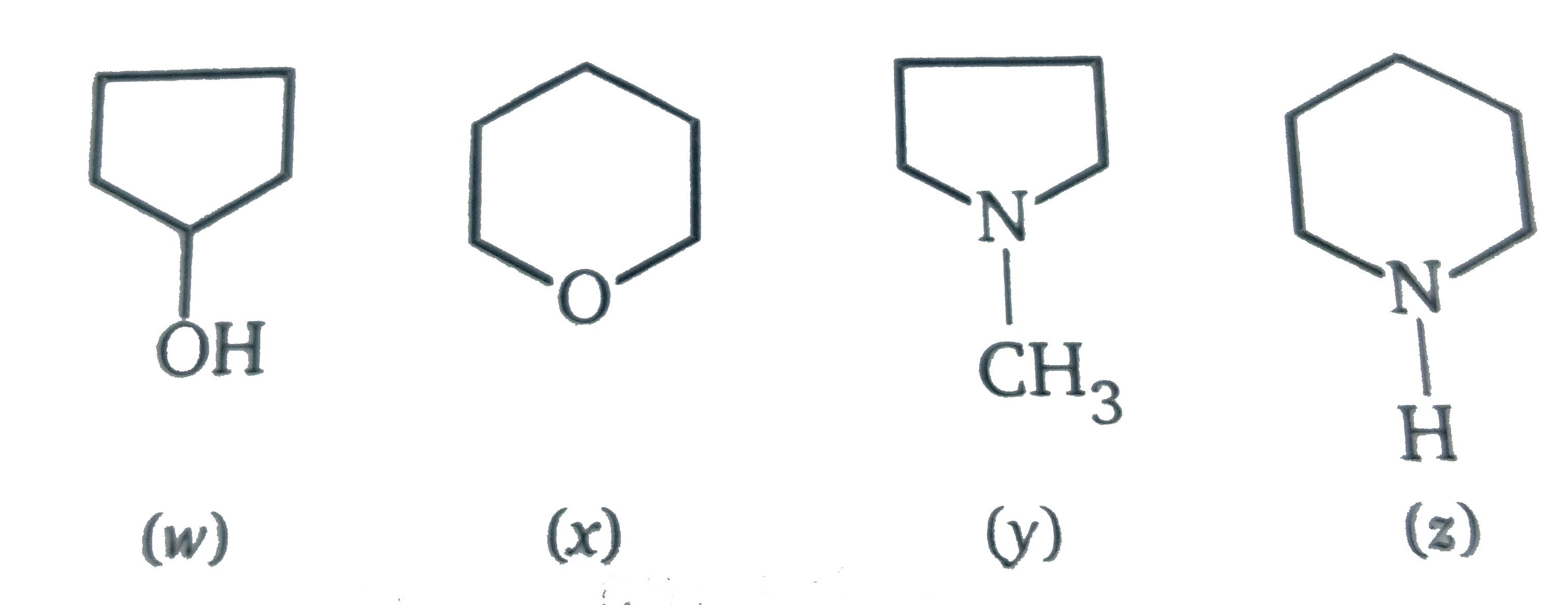 Aw>x>z>yBw>x>y>zCw>z>y>xDw>z>x>y
Aw>x>z>yBw>x>y>zCw>z>y>xDw>z>x>yFollowing are the isomers of molecular formula for C5H12 .

Decreasing order of their boiling point isAI<II<IIIBI>II>IIICII>I>IIIDIII>I>II
Arrange the following compounds in decreasing order of acidity.
H2O,ROH,HC≡CH
View SolutionArrange the following in increasing order of their
(i) Solubility and (ii) Boiling point
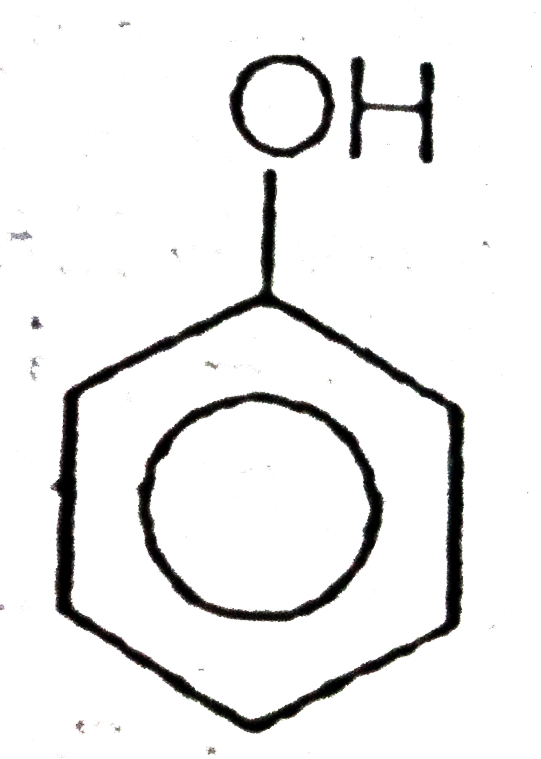
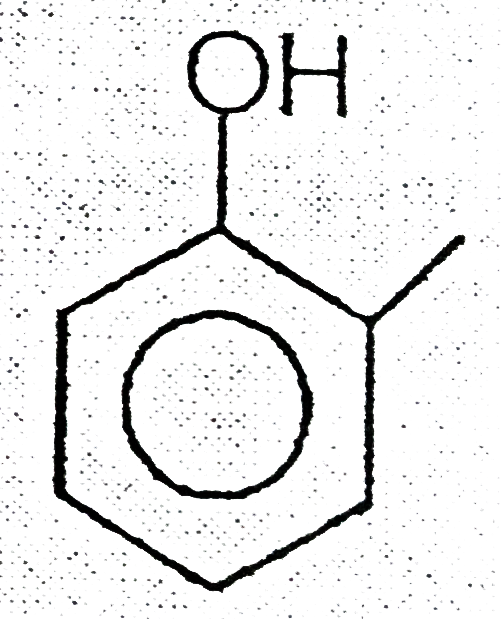
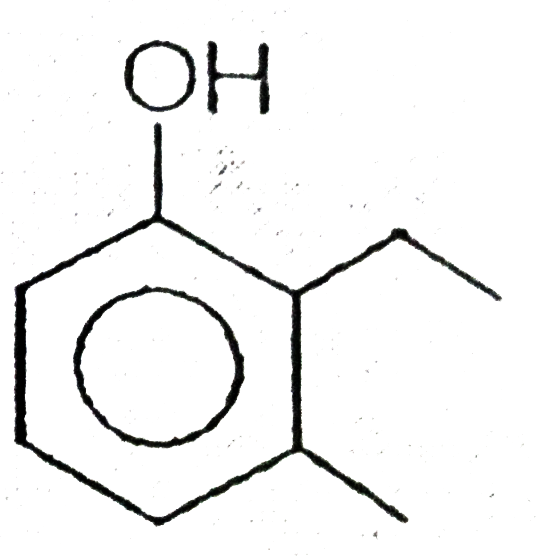
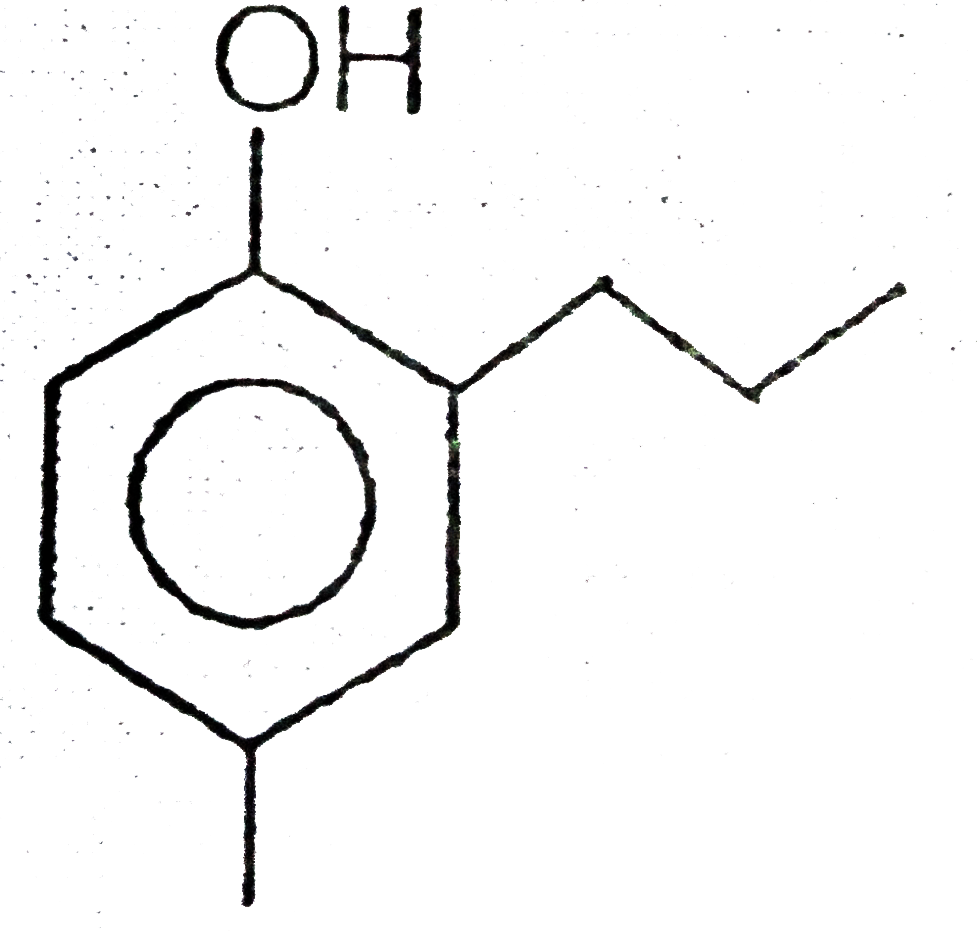
View SolutionArrange the following in increasing order of their
(i) Solubility and , (ii) Boiling point

View SolutionArrange H2,D2andT2 in the decreasing order of their
(i) boiling points (ii) heat of fusion
View Solution(a) Arrange alkyl halides water and alkane in order of decreasing density .
(b) Arrange chloromethanes and water in order of decreasing density.
(c) Arrange MeX in order of decreasing bond length.
(d) Arrange MeX in order of decreasing bond strength.
(e) Arrange MeX in order of activity.
(f) Arrange alkyl halides (1∘,2∘,3∘) in order of decreasing SN2 reactivity.
(g) Arrange the order of reactivity of alcohols towards HX.
(h) Arrange the decreasing order of reactivity in haloforms.
(i) Arrange the following isomeric bromides in order of decreasing reactivity in SN2 displacement:
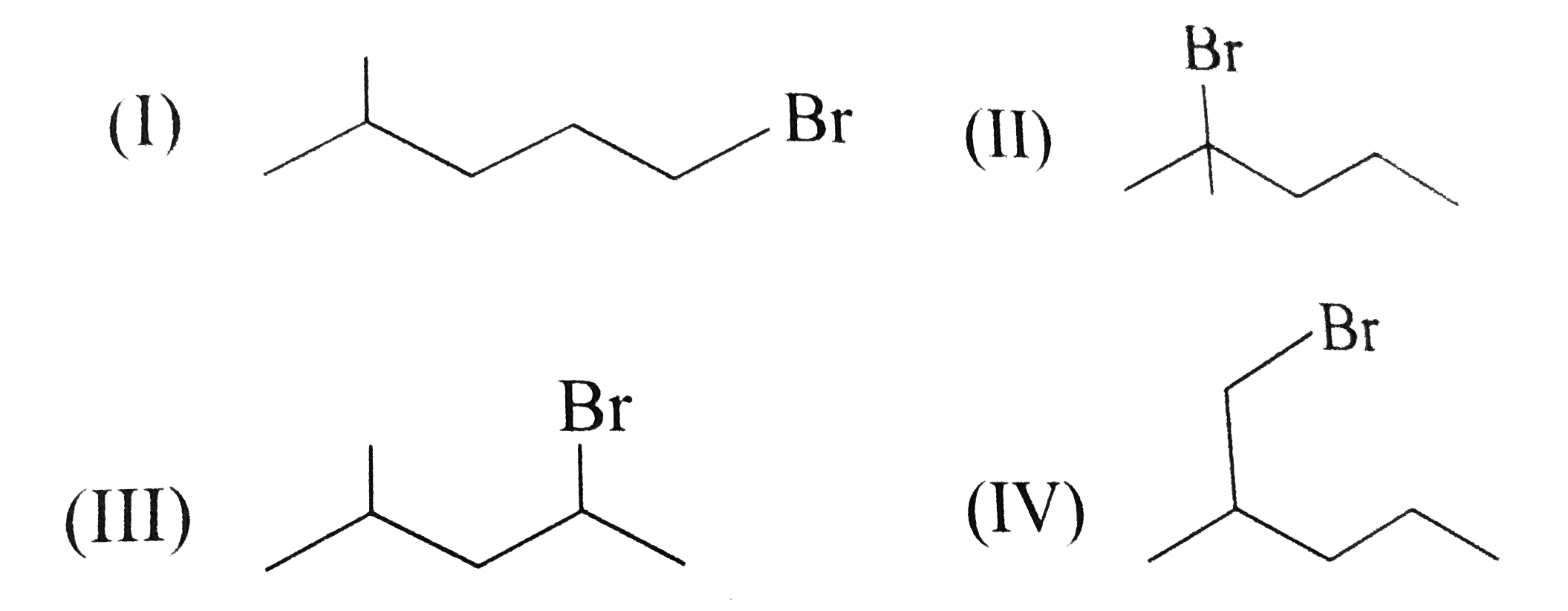
(b) 2-Bromo-2- methylbutane(I),1−Bromopentane(II),
2−Bromopentane(III)
(C)1−Bromo-3-methylbutane(I),2−Bromo-2-methylbutane(II)
2−Bromo-3-methylbutane(III)
(d)1−Bromobutane(I),1−Bromo-2- methylbutane(II)
1−Bromo -3- methylbutaneIII
1−Bromo-2,2-dimethylpropane(IV)
View Solution(I) Arrange the compounds (a0 in the order of decreasing boilling points and (b) in the order of decreasing solubility in water
(A) (1) Ethanol (2) Propane, (3) Pentanol
(B) (1) Butane (2) 1,2,3-Pentanetriol (3) Buty1 alcohol
(C ) Pentane (2) Pentanol (3) Hexanol
(II) Arrange the following in the decreasing order of their boilling points
(A) (1) C3H8 (2) C2H5OH , (3) (CH3)2O
(4) HOH2C−CH2OH
(B) (1) 3-Pentanol, (2) n-Pentane, (3) 2,2 Dimethyl propanol, (4) n-pentanol
(III) Arrange the following alcohols (a) in the decreasing order of their boiling points and (b) in the decreasing order of their boilling points and (b) in the decreasing order of their solubility in water
(1) n-Buty1 alcohol
(2) sec-Buty1 alcohol and
(3) tert Buty1 alcohol
(IV) Arrange the following compounds in the order their increasing boiling points
(1) CH3COCI,(2)(CH3CO)2O,(3)CH3CONH2,(4)CH3COOH .
View Solution